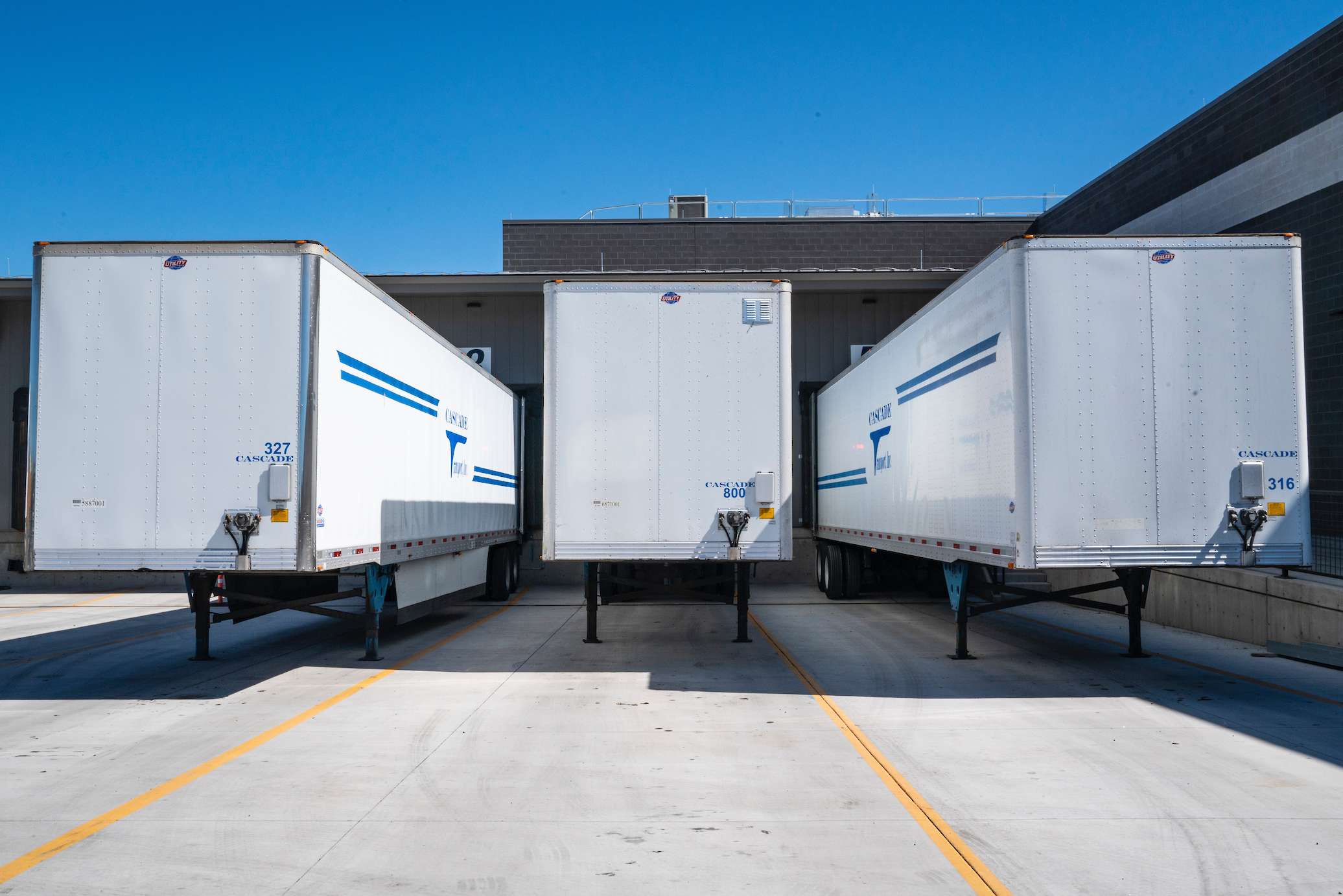The freight market has been soft for almost a year, and in our view, slid into freight recession in the first half of 2019. The U.S. trucking industry faces a supply and demand imbalance – excess equipment capacity and not enough freight – which continues to press rates lower.
Historically, freight down-cycles last one to two years. Even with spot rates down about 20% from last year, we don’t think they’ve bottomed yet. But we do see signs that the bottom and next upturn are on their way.

While the U.S. economy overall continues to expand, weakness in many freight metrics fits with slowing activity reported in manufacturing and housing – key freight-generating sectors. Though there were pockets of growth in the broader freight market, such as private fleets, most major for-hire modes were down in first-half 2019.
- Cass Shipments Index -5.3% y/y in June, down seven straight months
- ACT For-Hire Truckload Volume Index 43.2 in June (50 is neutral), down seven of past eight months
- LTL tonnage -4.3% y/y in May, down seven of past eight months
- NA Class I Rail volumes -4.3% y/y in June, down 25 straight weeks
Trade has also been a factor, as the pre-tariff shipping in late-2018 was a headwind to volume in first half 2019. We think this may become a temporary tailwind again near-term, as shippers build their inventories in advance of another round of tariffs expected on $300B of Chinese imports
The U.S. consumer still supports underlying freight growth, but soft manufacturing and an inventory overhang are very typical features of freight down-cycles. By contrast, an unusual feature of this cycle is the major growth of the private fleet segment of the industry in 2018 and 2019.
DAT Load Boards provide the largest and most trusted digital marketplace for truckload freight.
Private fleets represent roughly half of the U.S. Class 8 tractor market, and have been relatively stable for many years before growing aggressively in 2018 and the first part of 2019. This is now pulling freight from the for-hire market, and the freight recession is pretty mild when private fleets are factored in. Now that the spot market is a more affordable option, private fleets are likely reducing internal investments, which should help tighten the spot market in 2020.
Orders for new Class 8 tractors in the U.S. are running almost 40% below replacement levels so far this year, even though production and retail sales of tractors are still running well above replacement.
New truck production rates look set to reduce in the next few months. It will then take a few more months for the record inventories to work through the system. But by early 2020, the capacity additions will slow meaningfully, taking pressure off spot rates.
This sets up a cyclical recovery in spot truckload rates but not quickly and not necessarily a strong one, as high carrier margins are unlikely to lead to significant Class 8 underproduction. But at least the year-over-year declines should begin to moderate later this year.
We’re certainly not out of the woods since a primary factor behind the industrial slowdown – the trade war – most likely isn’t going away. But with this caveat, we think there’s a good case in 2020 for freight to improve as capacity rebalances, setting up the next upturn in spot rates.
Find loads, trucks and lane-by-lane rate information in DAT load boards, including rates from DAT RateView.

